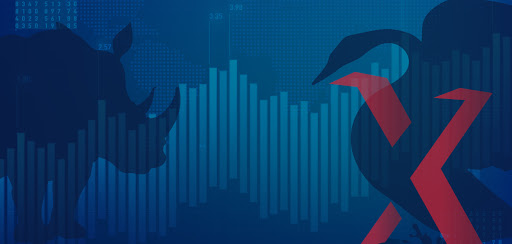The use of the word “transitory” could very well turn out to be transitory. Powell may need a new catchphrase to describe how inflation might be a bit stickier and thornier problem.
Is higher inflation technical, transient, or structural?
There is a clear technical element. Massive lockdown-driven declines in March, April and May 2020 did cause the year-over-year calculation to surge in those same months this year. Some factors fuelling CPI are also likely transient. The gain in used car prices is due to the semiconductor chip shortage, creating a drag on new car production. Cash-rich consumers eager to buy a car as reopening intensifies have had to pivot to used cars, and prices reflect that increased demand. This supply chain could take some months to resolve but the price jump is widely expected to prove transient. Finally, commodity prices continue to climb. There are outsized examples of this, like lumber prices, but the broader uptrend is notable.
The structural picture, for the first time in a long time, is cloudier. Since the late 1980s, inflation in the U.S. has been trending lower. Globalization in the 1990s caused goods prices and wages to fall. Structurally low U.S. GDP growth has also reinforced a lower inflationary trend. Over decades, we have observed sliding inflation working itself into inflation expectations as exhibited by market measures, economic models, and consumer and business surveys. But the U.S. economy is in an unexpected place, and the recovery has only just begun. We may yet see changes to the economy that we are only beginning to understand, including shifts in labour and consumption trends that could change pricing power. Even if these changes help arrest structural disinflation, it would have enormous implications for investors.

The key is to wait and watch. The Fed has already acknowledged the spike in inflation as is evident by the shift in the dot plot. Markets continue rejoicing because they think the far end of the yield curve is still isolated from inflation risks. Growth stocks have zoomed as they celebrate the flattening of the yield curve. Inflation is not something which people are accustomed to for a while now, at least in the western world, so if and when the inflation turns into anything remotely persistent, investors may have to fine tune their expectations across asset classes.





